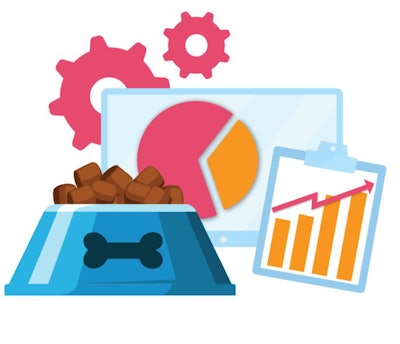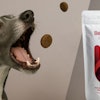
Among the lingering effects of the lingering pandemic, supply chain disruptions are affecting nearly every business, category and consumer worldwide. Pet food has certainly not been spared.
Yet the pet food market has continued to grow, seemingly defying the pandemic’s influence. In the U.S. alone, pet food sales were projected to increase 6.4% by end of 2021, according to Packaged Facts, with a 6.6% compound annual growth rate through 2025.
Unfortunately, the ongoing supply chain issues could curtail such increases, predicted Bryan Jaffe, manager director of investment firm Cascadia Capital. “Growth projections continue to underestimate supply chain frictions,” he said.
In his “Pet Industry Overview Fall 2021” report, Jaffe provided reasons for his concern. Fill rates for many brands have declined 10% to 20%, according to Cascadia data, though “best-in-class operators” started to see a rebound in the late third quarter of 2021.
“Labor shortages and rising labor costs, elevated shipping costs and input cost inflation are all impacting third-party producers in consumables,” Jaffe wrote, referring to pet food. Rather than improving since late 2020 or early 2021, the rise in costs only accelerated later in the year. “The cost of chicken, the most common protein used in pet food, has increased 87% for the 12 months ending August 2021, and U.S. production labor costs have increased 3.4% per hour.”
According to a proprietary Cascadia survey, 82% of pet food companies have passed on these increases or were planning to by the end of 2021. The majority of price hikes for their products fell between 5% and 10%, though 22% of the companies said their hikes were, or would be, higher than 10%. Most of the price increases were passed on in the third quarter of 2021, Jaffe wrote, but a significant number were still to come, foretelling inflation.
The ability of pet food brands to pass on rising costs to consumers may have a limit. While pet food inflation lagged that of the overall consumer price index at the time Jaffe’s report came out, it could be catching up, and there could be a threshold to what pet owners are willing or able to pay. “We have underestimated pet owners in the past, but these are unprecedented times,” he said. “This is the biggest risk to near-term category growth.”

















